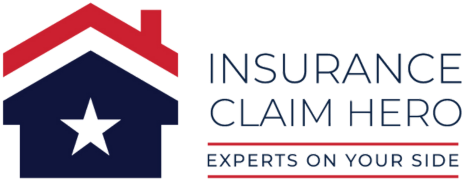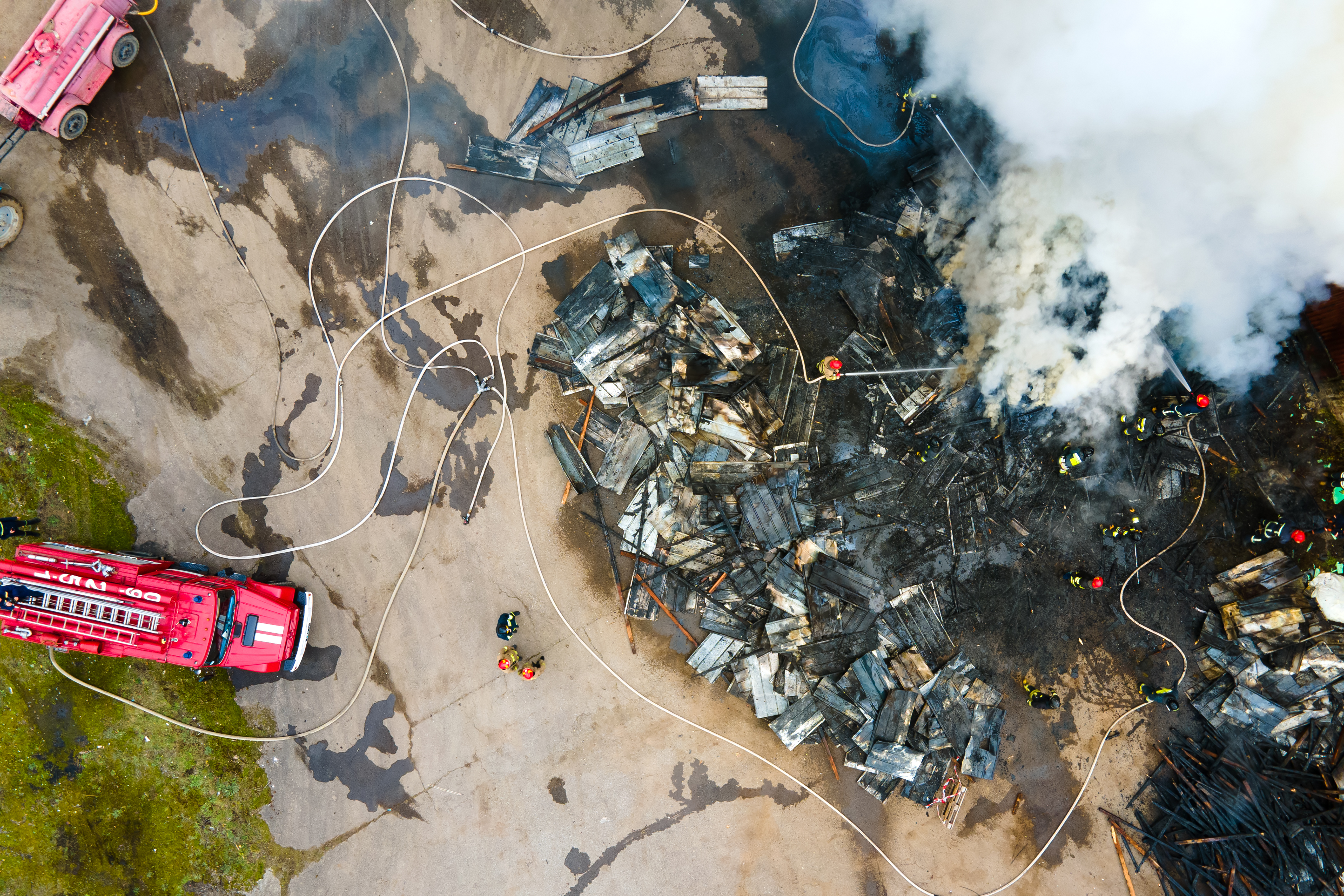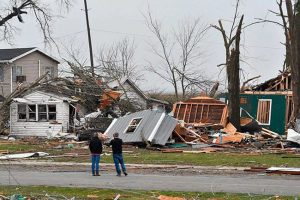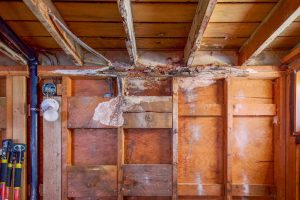Experiencing a fire in your home can be one of the most stressful events a homeowner can face. Beyond the immediate threat to safety, fire damage brings emotional distress, financial concerns, and the overwhelming task of restoring your property. For residents in Las Cruces, NM, understanding a smart and structured approach to fire damage recovery is essential for protecting your home, belongings, and long-term well-being.
Modern fire damage recovery combines safety measures, damage assessment, professional restoration techniques, and insurance guidance to help homeowners rebuild efficiently and effectively. This guide walks you through practical tips and solutions to navigate fire recovery with confidence.
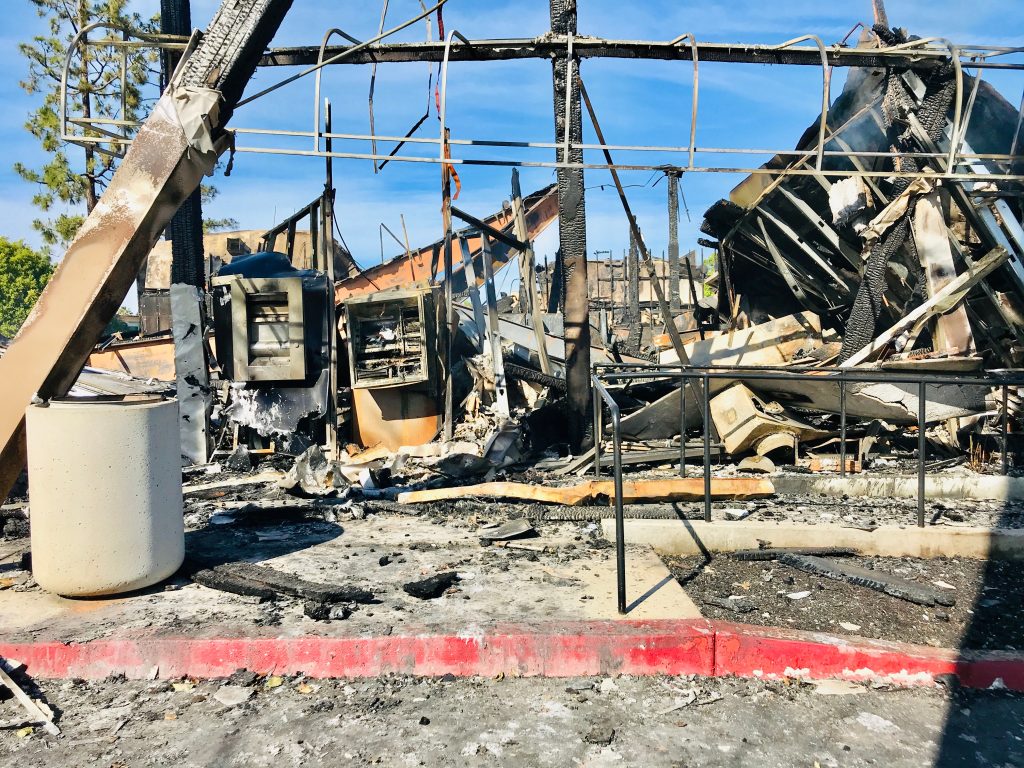
Understanding Fire Damage
Not all fire damage is immediately visible. Fire can compromise the structural integrity of your home, leave lingering smoke odor, and cause water damage from firefighting efforts. Understanding the different types of fire damage is the first step toward a comprehensive recovery plan:
- Structural Damage: Fire can weaken walls, ceilings, and foundations, making buildings unsafe.
- Smoke Damage: Soot and smoke residues can penetrate surfaces, carpets, and ventilation systems, causing odors and potential health hazards.
- Water Damage: Firefighting efforts, such as hoses and sprinklers, often result in significant water exposure, leading to potential mold growth and rot.
Being aware of these different types of damage ensures a more thorough recovery process and prevents hidden issues from escalating.
Immediate Steps After a Fire
Taking the right actions immediately after a fire can protect your safety and simplify recovery:
- Ensure Safety First: Before entering the property, confirm that it is safe. Check for structural hazards, and wait for clearance from emergency services.
- Contact Emergency Services: Even after the fire is out, fire departments can inspect for hotspots and reduce the risk of reignition.
- Document the Damage: Take photos and videos of the affected areas, both inside and outside, for insurance purposes.
- Avoid Common Mistakes: Do not attempt major cleanup yourself, as improper handling can worsen damage or compromise safety.
These early steps are crucial for a smooth transition from immediate response to full-scale recovery.
Fire Damage Assessment and Inspection
A thorough assessment is the foundation of a successful recovery plan. Professionals often employ advanced tools, such as thermal imaging cameras, to detect hidden damage not visible to the naked eye.
During inspection, key areas are evaluated:
- Structural elements, including load-bearing walls and roof integrity.
- Electrical systems affected by heat or smoke.
- HVAC systems contaminated by soot.
- Areas prone to water damage and mold development.
Identifying critical versus minor damage allows homeowners to prioritize repairs and focus resources where they are most needed.
The Fire Damage Restoration Process
Restoration is a multi-step process designed to return your home to a safe, livable condition:
1. Debris Removal
The first step in physical recovery is safely removing burned materials and hazardous debris. Proper handling ensures safety and prevents further contamination.
2. Structural Repairs
Compromised beams, walls, and foundations are repaired or reinforced. Structural integrity is essential for preventing future collapse or additional damage.
3. Smoke and Soot Cleaning
Specialized techniques are used to clean surfaces, purify air, and eliminate odors. This may include HEPA filtration, ozone treatments, or soda blasting. Smoke can linger long after the fire is extinguished, so thorough cleaning is critical.
4. Water Damage Mitigation
Water used to extinguish fires can cause further damage if left untreated. Professional drying, dehumidification, and mold prevention strategies ensure the home remains safe and structurally sound.
5. Content Restoration
Personal belongings, including furniture, electronics, and documents, can often be salvaged with proper cleaning and restoration techniques. This step reduces replacement costs and preserves valuable items.
By following these structured steps, homeowners can rebuild their properties efficiently and with confidence, minimizing long-term risks and additional expenses.
Working with Insurance
Insurance plays a critical role in fire damage recovery. A smart approach involves thorough documentation, understanding your coverage, and knowing your rights as a policyholder.
- Document Thoroughly: Maintain detailed records of damage, repairs, and communications with contractors.
- Understand Your Policy: Review coverage for fire, smoke, and water damage to avoid surprises.
- Professional Advocacy: Working with experienced fire damage specialists can help navigate complex insurance claims and ensure you receive a fair settlement.
Having knowledgeable guidance ensures that your recovery is supported financially and legally, reducing stress during an already difficult time.
Preventive Measures for the Future
Recovery is not just about restoring what was lost—it’s also about protecting your home against future incidents. Homeowners can implement preventive strategies:
- Install Smoke Detectors: Regularly test and replace batteries to ensure functionality.
- Use Fire-Resistant Materials: Consider flame-retardant roofing, siding, and insulation during reconstruction.
- Sprinkler Systems: Automated sprinklers can reduce the spread of fires and limit damage.
- Emergency Planning: Develop evacuation routes and fire emergency protocols for all household members.
Preventive measures help reduce the likelihood of severe damage and increase the safety of residents.
Choosing a Professional Fire Damage Recovery Team
A reliable recovery team can make a significant difference in the speed and quality of restoration. Key qualities to look for include:
- Certification and Experience: Professionals should have the proper credentials and experience handling fire-damaged properties.
- Availability: Emergencies require 24/7 response capabilities.
- Local Knowledge: Teams familiar with Las Cruces regulations and local resources can expedite recovery efficiently.
- Comprehensive Services: Look for providers that handle everything from inspection to insurance documentation and content restoration.
Expert guidance ensures that recovery is thorough, safe, and well-coordinated.
Conclusion
Fire damage is one of the most disruptive events a homeowner can face, but a smart, structured approach to recovery makes it manageable. From immediate safety measures to detailed assessment, restoration, and preventive planning, each step is critical for protecting property, health, and peace of mind.
If you’re struggling with the aftermath of a fire, you can contact Insurance Claim Hero for expert assistance and step-by-step guidance throughout the claims and recovery process. Their specialists are well-versed in fire damage recovery in Las Cruces, ensuring homeowners receive the full support and compensation they deserve.
For homeowners in Las Cruces, Insurance Claim Hero serves as a trusted partner in navigating fire damage recovery. Their team offers professional guidance, thorough documentation, and advocacy with insurance companies, helping residents rebuild their homes safely, efficiently, and confidently.
